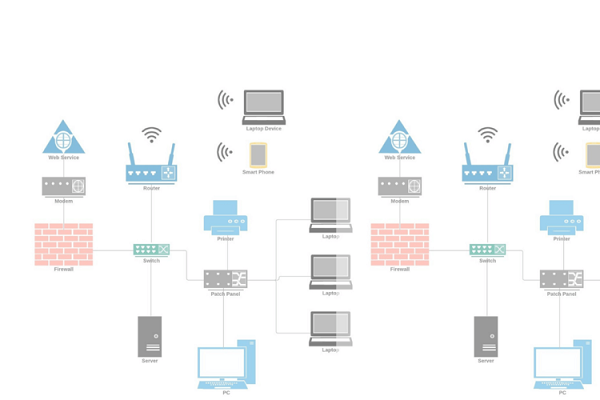What is the best way to set up a corporate LAN?
09Nov

Corporate local area networks are usually large and complicated, requiring extensive planning and continuous maintenance. The interchange of data & communications again for business is facilitated by a corporate LAN, and the effective functioning of the business is dependent on information flow. Whether a company's goal is to create goods, handle financial claims, or manage money & finances, the LAN is critical to its productivity and entry-level network administrator.
- Determine the size of your network. Stronger and more costly equipment will be required for more powerful networks. A company LAN with only 50 users requires significantly less power than one with 1,000 users.
- When designing the LAN, keep the network's security in mind. To safeguard against unauthorized users, servers should be installed in secured rooms. Consider adding badge scanners as security or installing biometrics for further protection.
- To offer the security you need, install firewalls and also intrusion detection and prevention systems. Firewalls are used to filter outgoing & incoming traffic, and they may be customized to suit your business's security requirements. Potential network intrusions are detected by IDSs, which notify the network operations personnel.
- Any network strategy should have failure tolerance. Redundancy should be included in key routers, switches, servers, and routers. If you have less essential equipment, make sure you have spares equipment to prevent failures from disrupting operations.
- Follow a well planned timetable to install all network and equipment. Reduce the time it takes to troubleshoot by documenting the installation. To ensure that network cable is correctly set up and tested, use an expert cable installation company.
- Use network diagramming software to document the network installation. These diagrams may aid in the resolution of issues and the reduction of downtime. Additionally, the documentation may help in the management of your company's network.
Read More : Client-server systems and peer-to-peer systems are fundamentally different.
Comments
